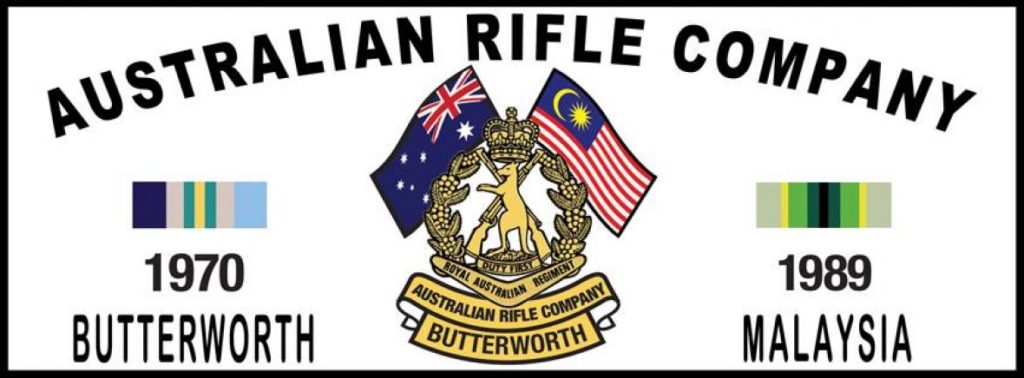This article by Raymond Goh captures the history of Communist activities in Malaya/Malaysia from the end of the Second World War in 1945 until the end of the insurgency in 1989,
Of importance to RCB veterans is the reporting of the “Second” Emergency in the context of strategic events in South East Asia and America’s failure in Vietnam. This gave encouragement to the MCP, whose members and leadership were inspired by the success of the Vietnamese forces. The resurgence of the MCP insurgency was also strongly supported by China, which wanted to spread its ideology.
Chin Peng and his followers renewed the insurgency against the Malaysian government, declaring its
return to armed revolt in 1968 to coincide with the 20th anniversary of the beginning of the Malayan Emergency.
The Indonesian Confrontation (1963) had hardly ended on Aug 11, 1966, when the second Emergency erupted.
This time, instead of British colonialists, the communists had declared armed revolt against the sovereignty and democracy of Malaysia, which lasted up to 1989.
Just after the second Emergency officially began on June 17, 1968, our security forces at the Kroh–Betong road in northern Perak was ambushed by insurgents.
The build-up to the second Emergency could probably be attributed to regional events in that period. After World War 2, Vietnam, Laos and Cambodia fell under communist influence while trying to gain independence from France, which returned to reclaim its Indochina colonies in 1946.
The French return to Vietnam was immediately met with resistance from the Viet Minh. Just after six months from November 1953, the Vietnamese, with four infantry divisions of 49,000 troops and supported by a 100 artillery guns, defeated a French garrison of 12,000 troops in the decisive battle of Dien Bien Phu (northwest Vietnam) on May 7, 1954. The French garrison commander surrendered to prevent further loss of lives.
On July 21, 1954, at the Geneva Convention, the communists were allowed to establish a government in North Vietnam with jurisdiction until the 17th parallel (the provisional military demarcation line established in
Vietnam by the Geneva Accords in 1954) as instructed by then China premier Zhou Enlai after negotiations with French prime minister Pierre Mendes, who agreed to pull French forces out of Vietnam.
South Vietnam remained a democracy with the help of American forces. This was to prevent the “Domino Theory” of southeast Asian countries falling into communist hands as propounded and expounded by US president Dwight D. Eisenhower.
However, on April 30, 1975, the North Vietnamese overcame the mighty American forces via left-flanking guerilla attacks through Laos and Cambodia, and united Vietnam.
This gave encouragement to the MCP, whose members and leadership were inspired by the success of the Vietnamese forces. The resurgence of the MCP insurgency was also strongly supported by China, which wanted
to spread its ideology.
After 21½ years, the communist insurgency in Malaysia came to an end when the MCP agreed to lay down
its arms.
Read the Full Article

I served at Rifle Company Butterworth in 1975 and am proud to have contributed to the independence of Malaysia.